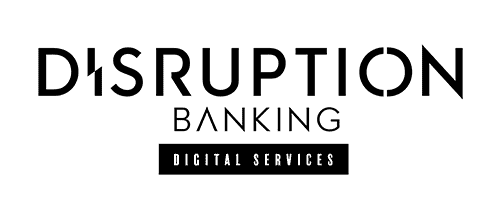Small businesses are the backbone of any thriving economy, driving innovation, creating jobs, and fostering community development. However, access to adequate financing has long been a hurdle for these enterprises, particularly when navigating the traditional banking system.
Alternative lending, encompassing a diverse range of non-bank lenders and financial technology companies, has stepped in to fill this gap. Through technologies, analytics, and innovative credit assessment models, alternative lenders have opened wider access to capital for small businesses.
Now, what’s the real impact of this financing type on small businesses? Read on to know the answer.
Diversification of Funding Sources
The rise of alternative lending has diversified funding for small businesses, offering them a wider range of options beyond traditional bank loans. This diversification can be beneficial for businesses seeking specific types of financing. Here’s another thing: it promotes competition and innovation in the lending market. The result? Potentially better products and services for small businesses.
One common type is merchant cash advance, which you’ll stumble upon when seeking Credibly funding or financing from similar companies. This funding model is different from a loan as it allows a buyer to purchase a percentage of your future credit card or debit card sales. Merchant cash advance usually comes with same-day approval, automatic daily or weekly remittance, and low factor rates.
Other types of funding include online term loans, invoice factoring, and crowdfunding.
Each option caters to different business needs and circumstances. A business seeking short-term working capital? They might opt for a merchant cash advance. Longer-term financing might? A term loan may be the best choice.
Increased Access to Capital
One of the most powerful impacts of alternative lending is how it has opened more access to capital for small businesses.
Traditional banks often rely heavily on credit scores and financial history when evaluating loan applications. This makes it difficult for startups and businesses with limited track records to qualify.
Alternative lenders factor creditworthiness into a wider range of inputs, such as cash flow, online sales data, operating time, and credit score. This gives a chance to many small businesses previously excluded from traditional financing. For instance, some alternative lenders have requirements such as a 500+ credit score and at least six months in business. These are usually less stringent than the requirements in traditional banks.
An increased access to capital means it’s easier to get a hold of the needed working capital. This means employees can get paid adequately and on time, supplies can be purchased whenever necessary, and costs for short-term projects can be covered without a hitch.
Faster and More Efficient Funding Process

The traditional bank loan application process is notorious for its complexity and lengthy turnaround times. Small business owners often must navigate mountains of paperwork, undergo extensive financial scrutiny, and wait weeks or even months for a loan decision.
Alternative lenders, in contrast, have streamlined the funding process. How? By offering online applications, as well as through quick approvals and rapid disbursement of funds. They utilize automated underwriting systems that got the power to process loan applications within minutes. Talk about near-instant access to capital!
This speed and efficiency can be crucial for businesses facing time-sensitive opportunities or unexpected expenses. No wonder a survey showed that 32% of small businesses opted for a funding method because of the quick lending process. (1)
Higher Interest Rates and Fees
Alternative lending usually involves high interest rates compared to traditional bank loans. This is partly because of the perceived higher risk associated with lending to small businesses and the operational costs of alternative lenders. They may also charge origination fees and other processing costs.
As per latest data, the average interest rate on online loans runs from 9.00% to 75.00% APR, while that for conventional bank loans ranges from 7.85% to 8.79% APR. (2)
That being said, small businesses have to do their homework when dealing with alternative lending. They’ve got to compare rates and terms from different lenders, as well as understand the overall cost of borrowing. It’s also important to make sure that the loan should fit within their financial capabilities and long-term goals.
Promotion of Financial Inclusion
Alternative lending has played a crucial role in promoting financial inclusion by reaching out to underserved and underbanked small businesses. Minority-owned, women-owned, and rural businesses often face systemic barriers when seeking financing from traditional banks. Alternative lenders, with their more inclusive credit assessment models and focus on digital accessibility, have helped bridge this gap. (3)
This financial inclusion has significant implications for economic development and social equity. It empowers marginalized communities, fosters entrepreneurship, and contributes to a more inclusive and vibrant economy. (3)
Conclusion
Alternative lending has undoubtedly changed the way small businesses are financed. It has widened access to capital, introduced speed into financing, brought in diversity regarding funding sources, and furthered financial inclusion. Still, it’s important to weigh the risks and challenges of alternative lending, particularly higher interest rates and fees.
References:
- “Business Loans Are The Most Popular Funding Method For Businesses, Forbes Advisor Survey Finds,” Source: https://www.forbes.com/advisor/business-loans/how-entrepreneurs-are-financing-new-businesses/
- “Average business loan interest rates in 2024,” Source: https://www.bankrate.com/loans/small-business/average-business-loan-rates/
- “Financial Inclusion: Definition, Examples, and Why It’s Important,” Source: https://www.investopedia.com/terms/f/financial-inclusion.asp















